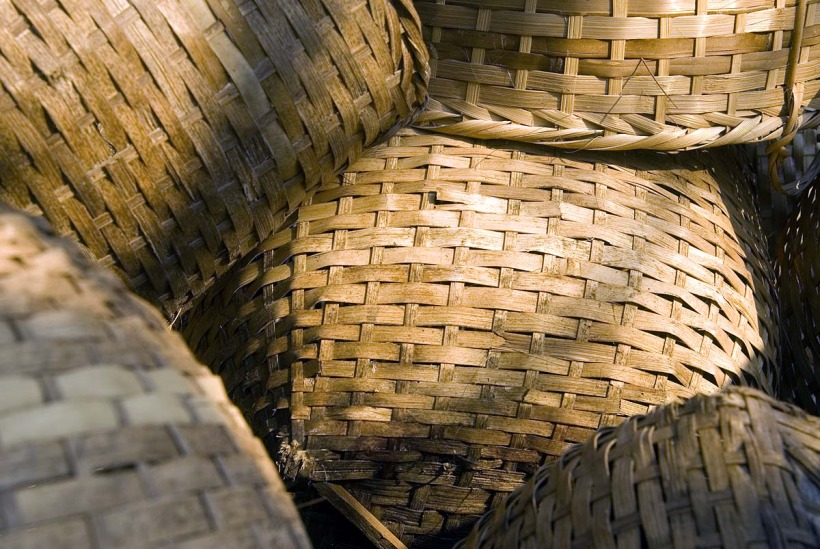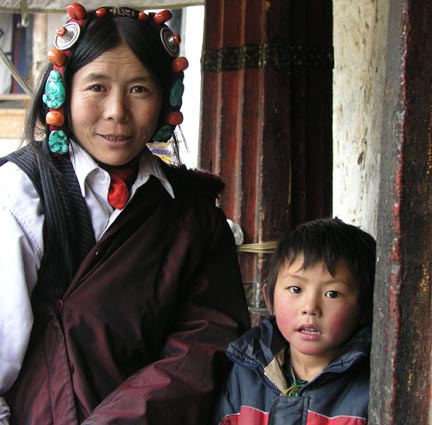Taureg
Tuareg Berbers in flowing blue robes meandered through his dream.
A hustler on his bike materialized out of thin air.
“Where are you going? Come have a look at my shop. Only five minutes by bike. Great prices. You don’t have to buy.”
“Why should I?”
“Great morning prices.”
Five hundred years ago this guy would have been on a camel in his burnoose tending his flock in the Sahara. He’d be planning to invade Spain, married to a beautiful Berber girl with dark seductive eyes, had ten kids and conquered the Iberian peninsula in his spare time.
Now he was on a 50cc imported European bike wearing castoff designer jeans with slick black hair and grinning with all his teeth, a distinctive character trait.
Used to multiple dimensions and shifting frequencies the wandering ghost was passing through the transition machine being assaulted by monosyllabic well meaning idiots taking him for a fool.
Only the fool and children spoke the truth.
All the hustlers were released on parole for good behavior. They were out. They had no idea who, what, when, why, where and how he’d arrived in their jurisdiction. They lived in an inverted paradigm. He was a hunter gatherer of words and images. Hunting with a singular flair, a cunning intelligence — Metis — a hybrid form.






 Share Article
Share Article 

